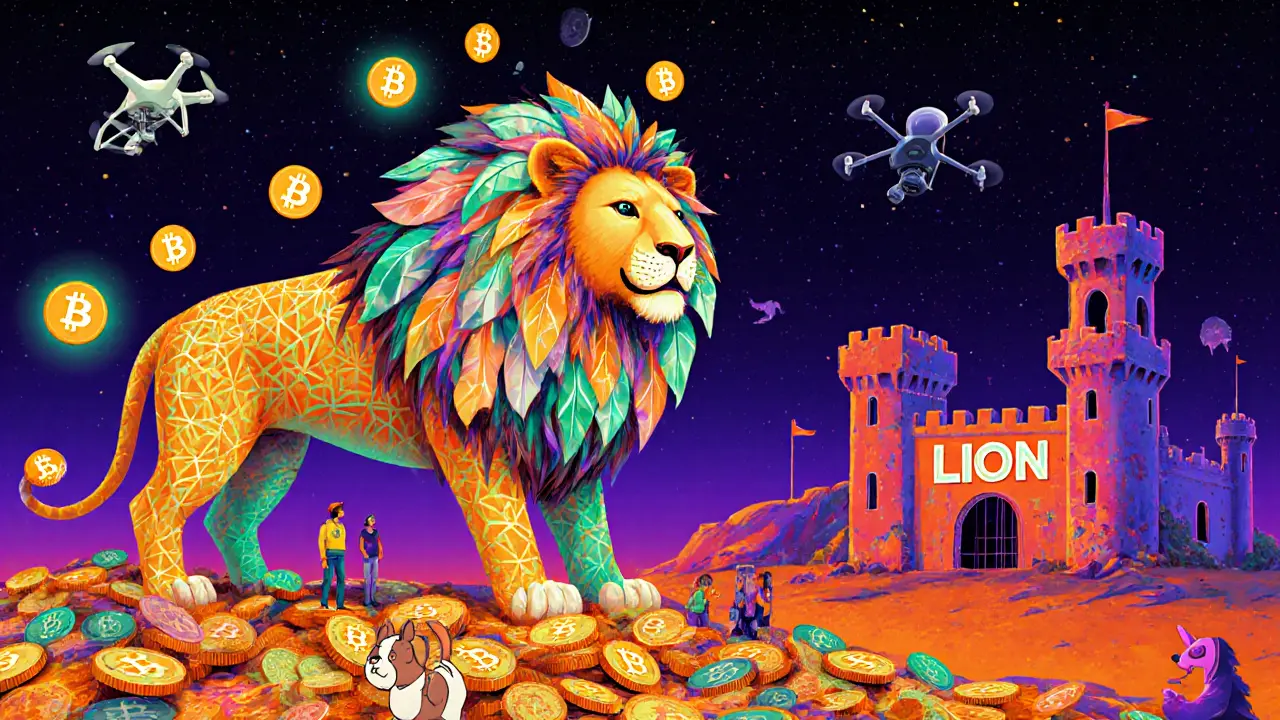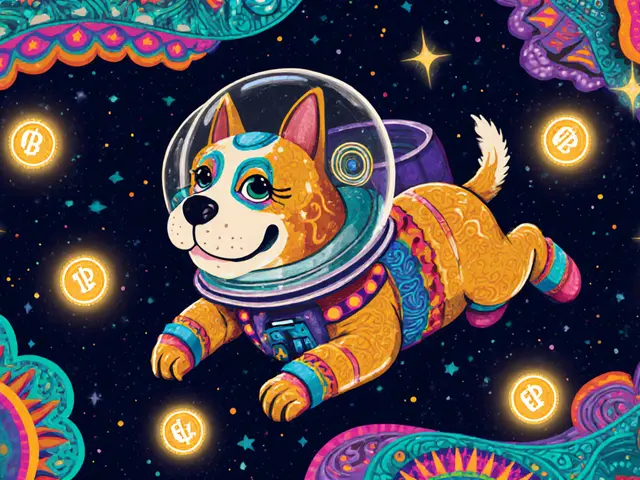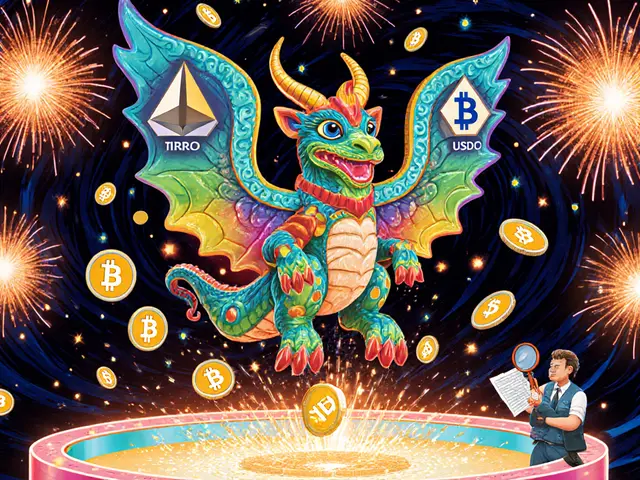LION cryptocurrency: What it is, why it's missing, and what to look for instead
When you search for LION cryptocurrency, a token that appears in some online lists but has no active blockchain presence, team, or trading volume. Also known as LION token, it's one of hundreds of crypto projects that popped up, got listed on obscure sites, and then disappeared—leaving behind nothing but a name and a few confused investors. There’s no whitepaper, no GitHub, no social media activity, and no exchange where you can actually buy or sell it. If someone tells you LION is a new DeFi gem or a hidden gem with massive potential, they’re either misinformed or trying to sell you something that doesn’t exist.
What you’re seeing is a common pattern in crypto: fake or abandoned tokens. These aren’t always scams on purpose—sometimes they’re just poorly launched projects that lost momentum. But more often, they’re created to inflate trading stats on low-quality aggregators or to trick people into searching for them, hoping they’ll click on a phishing link or send funds to a fake wallet. The same thing happened with veDAO (WEVE), a token that never existed and was used to lure investors with false promises, and Diyarbekirspor Token (DIYAR), a fan token tied to a football club with zero circulating supply. These aren’t anomalies—they’re warnings. Crypto is full of ghosts. LION is just one of them.
Why do these tokens even show up in search results? Because automated bots and low-effort content farms keep listing them. They copy-paste names from old forum posts or fake CoinMarketCap entries. Real projects don’t vanish like this. If a token has no liquidity, no team updates, and no community, it’s not a project—it’s a placeholder. You’ll find dozens of similar cases in the posts below: BSClaunch (BSL), a dormant Binance Smart Chain token with no updates since 2021, Wannaswap, a dead DEX with zero liquidity, and Big Dog (BIGDOG), a meme coin with no team and no future. These aren’t random. They’re part of a pattern. And if you’re looking for real value in crypto, you need to know how to tell the difference.
The posts here aren’t just about dead tokens—they’re about how to protect yourself. You’ll find guides on spotting fake airdrops, understanding why some exchanges disappear, and how to verify if a project is alive or just a ghost. You’ll learn how to check for real trading volume, active developers, and legitimate team members—not just hype. If you’ve ever wondered why some coins go to zero overnight, or why you can’t find info on a token you saw on a forum, the answers are here. Skip the noise. Learn what matters.










